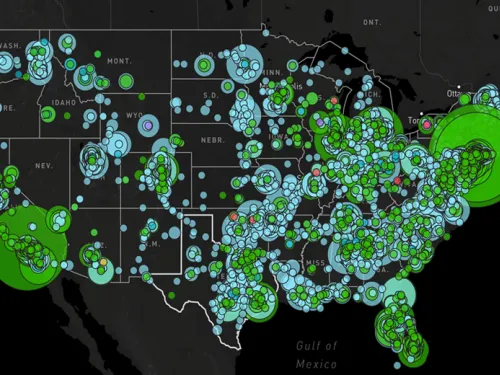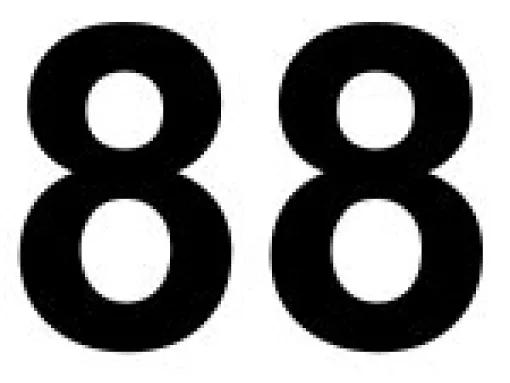
11 Results

88 is a white supremacist numerical code for Heil Hitler. Read more about the meaning behind the numbers, as well as how it’s used in non-extremist forms.
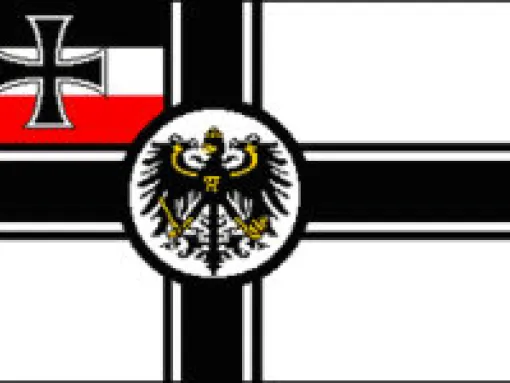
ALTERNATE NAMES: Imperial War Ensign, ReichskriegsflaggeBecause Germany has banned use of the swastika and other Nazi imagery, some German neo-Nazis use an older flag, taken from Imperial Germany, as a substitute for the Nazi flag. The imperial flag never originally had any racist or anti-Semitic meaning. Although most common in Germany, this usage of the imperial flag can also be found elsewhere in Europe and in the United States. Additional Images:
ALTERNATE NAMES: Imperial War Ensign, Reichskriegsflagge
Read more about Imperial German Flag
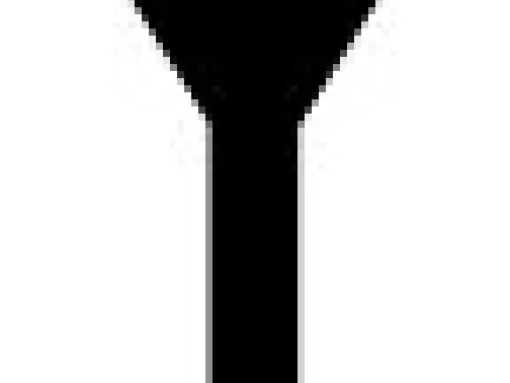
ALTERNATE NAMES: Elhaz Rune, Algis RuneNazi Germany appropriated many pre-Roman European symbols, such as runic symbols, in an attempt to glorify an idealized "Aryan/Norse" heritage. One of these was the so-called "life rune" (from the German Lebensrune), also known as the Elhaz or Algis rune. Elhaz means "elk" and in early Europe this symbol had meanings related to stags or hunting, as well as honor, nobility, or protection. The Nazis used the symbol in various contexts, including the SS's…
ALTERNATE NAMES: Elhaz Rune, Algis Rune
Read more about Life Rune
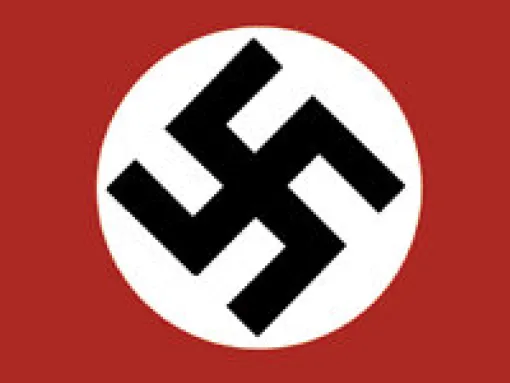
ALTERNATE NAMES: Nazi FlagThe flag of Nazi Germany has become one of the most potent hate symbols worldwide. It consists of a black swastika in a white circle over a red background (the colors are the same as the Imperial German flag). Originally developed as the flag of the Nazi Party in 1920, it also became the flag of Germany itself after the Nazis took power in 1933. Various elements of the Nazi government and Nazi Party developed many variations and forms of the basic Nazi flag.
Since…
ALTERNATE NAMES: Nazi Flag
Read more about Nazi Party Flag
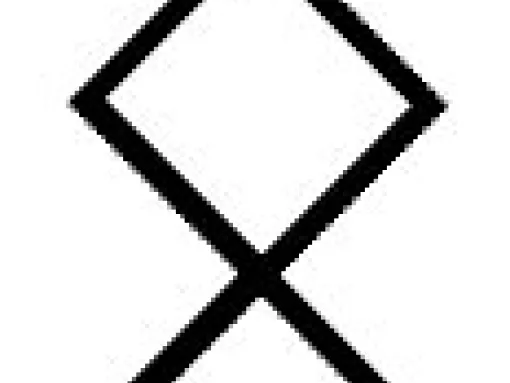
ALTERNATE NAMES: Othal Rune, Othila Rune, Odal Rune, Norse RuneThe othala rune is part of the runic alphabet system, a system of writing used (with many variations) across pre-Roman Europe. In the 20th century, Nazis in Germany adopted the othal rune, among many other similar symbols, as part of their attempt to reconstruct a mythic "Aryan" past. Nazi uses of the symbol included the divisional insignia of two Waffen SS divisions during World War II. Following World War II, white supremacists…
ALTERNATE NAMES: Othal Rune, Othila Rune, Odal Rune, Norse Rune
Read more about Othala Rune
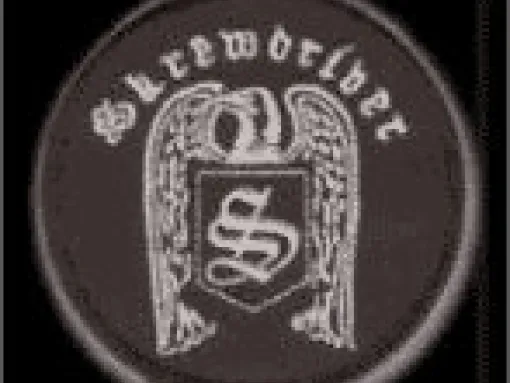
Skrewdriver, long defunct, is the British white power music band that essentially created white power music as a genre. The band, and its deceased leader, Ian Stuart Donaldson, remain held in the highest esteem by white supremacists.

ALTERNATE NAMES: Sunwheel, Black SunThe sonnenrad or sunwheel is one of a number of ancient European symbols appropriated by the Nazis in their attempt to invent an idealized "Aryan/Norse" heritage. The sonnenrad appears in the traditional symbology of many countries and cultures, including Old Norse and Celtic cultures. It has countless variations; the swastika and similar rounded variants are actually sonnenrad forms, as are certain versions of the Celtic Cross. In Nazi Germany, the Nazi…
ALTERNATE NAMES: Sunwheel, Black Sun
Read more about Sonnenrad
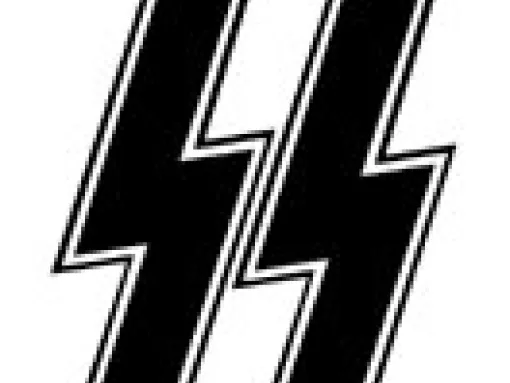
White supremacy and the SS Bolts. Find out the history of the neo-Nazi SS Bolts, and the current usage of one of the most powerful hate symbols in history.
ALTERNATE NAMES: Cracker Bolts, SS Lightning Bolts, Lightning Bolts
Read more about SS Bolts

The swastika is an ancient symbol used in many cultures that was adopted by Adolf Hitler and turned into a symbol of hatred. Since then, the swastika has become perhaps the most notorious hate symbol in Western culture.
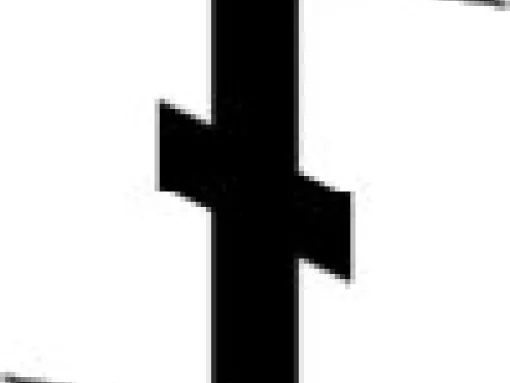
ALTERNATE NAMES: Wolf's Hook, DopplehakenThe Wolfsangel is an ancient runic symbol that was believed to be able to ward off wolves. Historically, it appeared in Germany in many places, ranging from guidestones on the sides of roads to heraldic use in the coats of arms of various towns; there is even a German city called Wolfsangel. Along with many other runic symbols, Nazi Germany appropriated the Wolfsangel. It appeared as part of the divisional insignia of several Waffen-SS units, including…
ALTERNATE NAMES: Wolf's Hook, Dopplehaken
Read more about Wolfsangel
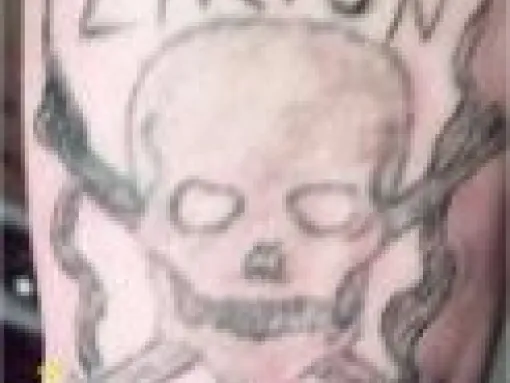
Zyklon B was the name of the sodium-cyanide-based gas used to kill over a million victims, most of them Jews, in the death camps constructed by Nazi Germany during the Holocaust. Because of its association with killing Jews, Zyklon B has been adopted as a symbol by modern-day white supremacists, who often use it to make sick jokes about killing Jews. Additional Images:








